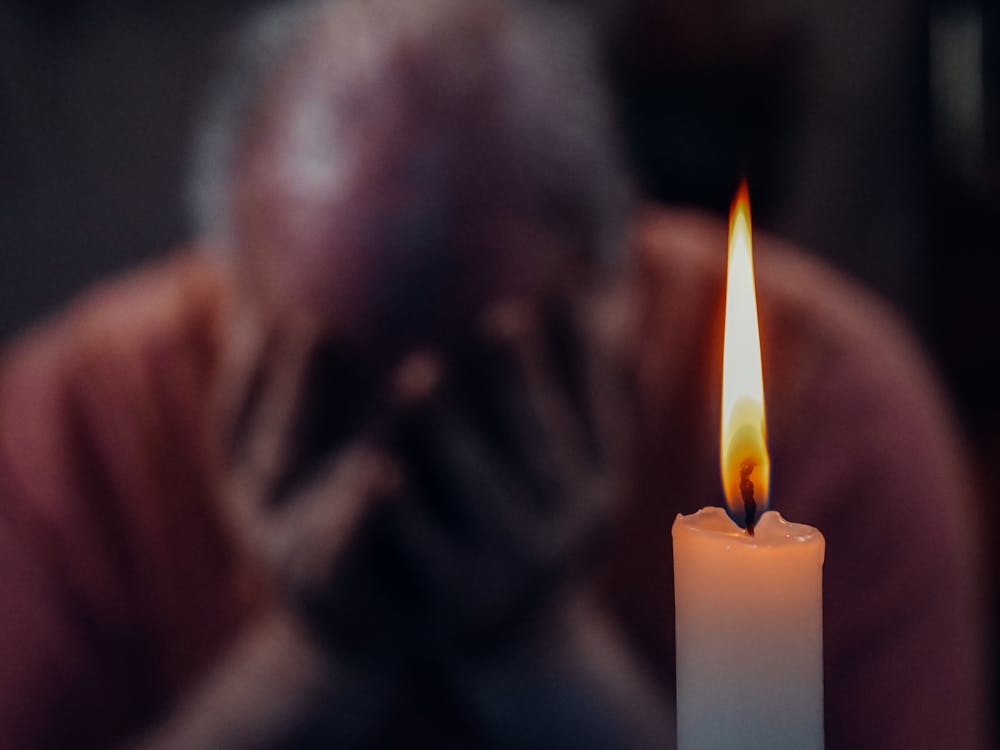Chronic pain affects millions of individuals worldwide, impacting physical and emotional well-being. It gradually builds, often persisting for months or even years, and may disrupt daily routines, work, and relationships. While many are aware of its debilitating effects, the causes and management techniques remain less understood.
Common Types of Chronic Pain
Chronic pain manifests in various ways, each with unique triggers and characteristics. While mild conditions may come and go, certain forms significantly affect quality of life and require more dedicated management. Some of the most prominent forms of chronic pain are:
- Arthritis: Arthritis is a common condition that causes inflammation and swelling of the joints, leading to chronic pain. Symptoms include joint pain, stiffness, reduced range of motion, and redness of the skin around the joint. Factors such as genetic makeup, age, and lifestyle can contribute to arthritis.
- Back Pain: While back pain is a common affliction, some may experience chronic back pain. It can be due to conditions like herniated discs, spinal stenosis, or scoliosis. Symptoms range from a dull, constant ache to a sudden, sharp sensation. Causes can include age, poor physical fitness, hereditary factors, and diseases such as cancer or arthritis.
- Migraines: Migraines are intense headaches that cause a throbbing or pulsing sensation, usually on one side of the head. Accompanying symptoms include nausea, vomiting, and sensitivity to light and sound. While the exact cause is unknown, genetics and environmental factors appear to play a role.
- Fibromyalgia: Fibromyalgia is characterized by widespread muscle pain, tenderness, and fatigue. This condition’s cause is unknown but believed to involve a mix of genetics, physical or emotional trauma, and changes in brain pathways.
Living with Chronic Pain
Navigating life with chronic pain can feel overwhelming, but incorporating specific strategies can help individuals better manage their symptoms and maintain daily routines.
- Identifying Triggers: Understanding what exacerbates pain can significantly help in reducing flare-ups. Common triggers may include stress, poor posture, a sedentary lifestyle, or even changes in temperature. Keeping a pain journal to track activities and symptoms can help pinpoint patterns and adapt activities accordingly.
- Building a Support System: Whether through friends, family, or dedicated support groups, sharing experiences may provide emotional relief. Additionally, many individuals may find solace in connecting with others who face similar challenges.
- Mindfulness and Relaxation Techniques: Activities like meditation, yoga, or simple breathing exercises may serve as powerful tools for managing pain.
- Physical Activity: While exercising with chronic pain might seem counterintuitive, incorporating gentle activities like swimming, stretching, or walking can benefit both the body and mind.
- Professional Guidance: Healthcare providers, physical therapists, and counselors can provide actionable recommendations tailored to individual needs.
- Medication and Alternative Therapies: Medical interventions, such as over-the-counter pain relief or prescribed treatment plans, may provide significant relief.
When to Contact a Doctor
While coping mechanisms can improve everyday life, there are situations where chronic pain may warrant medical attention. If sudden pain intensifies, limits mobility, or impacts sleep and emotional well-being, reaching out to a healthcare provider is key to understanding underlying conditions and exploring proper treatment.
